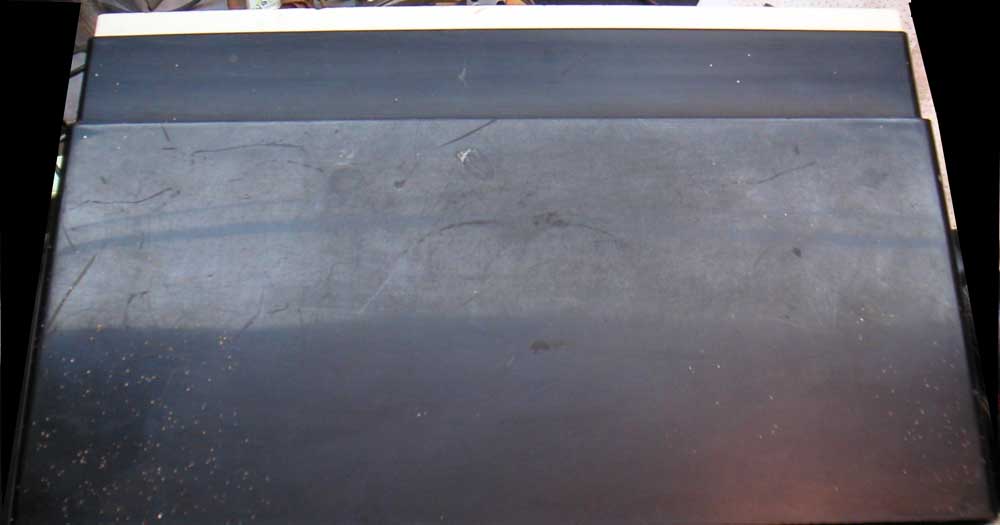Polishing Plastics
Polishing Plastics
Fellow Radiophiles,
While doing a recent restoration, I used some common cigarette lighter fluid to remove the remnants of an extraneous sticker in the bottom of the plastic radio.
I noticed that the spot behind the sticker was now much shinier than the rest of the plastic surface.
I took advantage of this lucky find and shined up the entire radio with the lighter fluid.
This first radio was a Teletone 990. Since then I have polished the plastic on a 8-X-9DE RCA 6 Tube AM radio and also the plastic on a Grundig 88u AM/FM 3 tube radio, which was designed by our own Hans Knoll. I also tried to polish a Graymark 510 5 tube (AA5) AC/DC kit radio, but the plastic was too soluble by the lighter fluid.
All three types of plastic in the Grundig 88u polished up just fine, including the clear plastic dial. The effect on the dial was particularly nice. The dull haze is gone.

The ligher fluid works by very gently softening the plastic surface, while polishing with a wetted soft paper towell until the paper towell dries and the shine appears.
It is always a good idea to test the plastic inside the radio.
I have used plastic polishing creams before, but the lighter fluid works faster and is more effective.
If there are deep scratches, then it is a good idea to smooth them down first with some fine steel wool, as shown in the photo.
I don't know the chemical composition of the fluid. Perhaps someone can tell us what it is. This type of fluid is meant for use with old-fashioned wick lighters.
These three photos show the effect of polishing the top of my RCA 8-X-9DE plastic radio.
The original top had fine paint spatter visible on the lower left, dull scoffing and some deeper scratches. (click photo to enlarge)
Fine steel wool removed the paint spatter and the deep scratches, but it took a fair amount of scrubbing to get to a smooth dull state, and eliminate all the paint spots.
It was helpful to apply some lighter fluid to soften the surface.
The final result was quite satisfactory, even though there are some straces of scratches that can be seen in reflected light.
I added a couple of 3V 100mA pilot lights under the dial. These were not part of the original design, but I like the effect. The bulbs take power from the pilot light heater tap in the 35W4. The clear dial plastic and the white plastic were also polished with the lighter fluid.
I don't know if this works with Catalin plastics. Be careful with Catalin plastics because Catalin radios are often valuable.
Regards,
-Joe
To thank the Author because you find the post helpful or well done.
Polishing plastic with lighter fluid
Joe,
Found this article interesting, so thought I would try it. But before I went out to purchase the lighter fluid, I thought about what I had around the house already. I found a bottle of Rain-X and decided to try it.
I don't know if it's as good as lighter fluid, but I was pleased. It removed some white paint scuffs that I hadn't been able to removed with plastic polish and the shine was definitely improved.
By the way, Rain-X is great for windshields too, as this is what it was designed to be used as. I've driven for miles in a driving rain with no windshield wipers. Water just beads up and rolls over the top. Great stuff!
Dave Turner
To thank the Author because you find the post helpful or well done.




